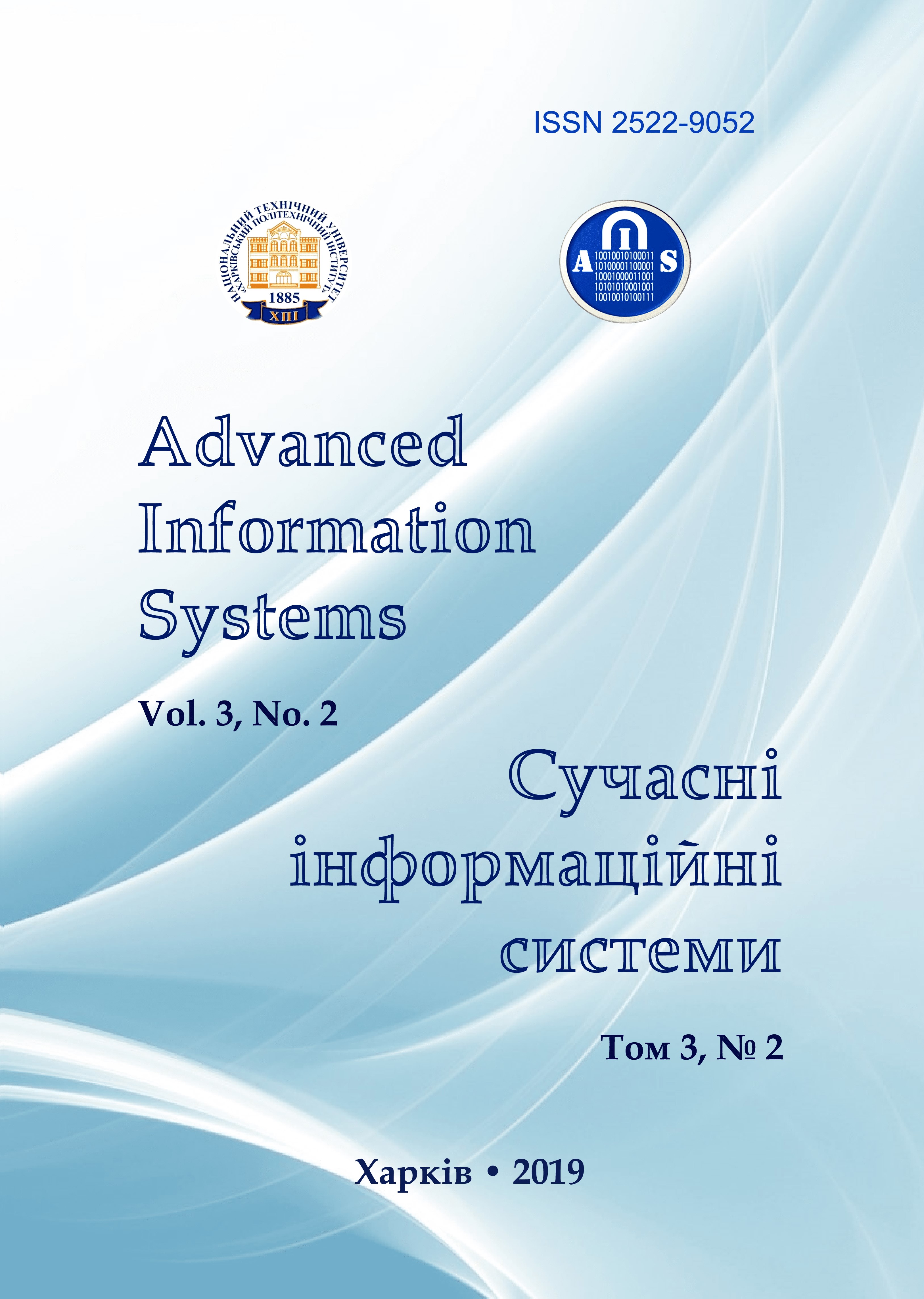Cloud-architecture organization for systems of provision of functional suitability of static systems
Main Article Content
Abstract
Article Details
References
Krepych, S., Spivak, I., Dyvak, A. and Dyvak M. (2017), “The method of providing of functional suitability of elements of the device of formation of signal in electrophysiological way of classification tissues surgical wound”, Proc. of XIII-th Int. Conf. on Perspective Technologies and Methods in MEMS Design MEMSTECH’2017, Lviv, pp. 183–186.
Horishni V., Spivak, I. and Krepych, S. (2018), “Software for the tasks of functional applications of static systems using cloud technologies”, Current scientific research in the modern world, Pereyaslav-Khmelnitsky, Vol. 5 (37)-9, pp. 119–126.
Krepуch, S. (2016), Modeling and providing of functional suitability of static systems by methods of analysis of interval data, Dissertation for technical sciences, National University "Lviv Polytechnic".
Baranok, A. (2018), Node.js. Basic concepts and technologies for creating web applications, available at: http://la.by/blog/nodejsosnovnye-ponyatiya-i-tehnologii-sozdaniya-vebprilozheniy.
Spivak, I. and Krepych, S. (2013), “Estimation of the time complexity of the Monte Carlo method and interval analysis of data to establish the functional suitability of the REC”, Modern computer information technologies: Materials of the Third All-Ukrainian School of Young Scientists and Students' Workshop ACIT'2013, Economic Thought, Ternopil, pp. 36–37.
Krepych, S. and Dyvak, M. (2013), “Comparative analysis of the Monte Carlo method and the method of trusting ellipsoids in evaluating the functional pre-data of REC”, Inductive Simulation of Complex Systems, ISSC ITS NAS and Ministry of Educa-tion and Science of Ukraine, Kyiv, No. 5, pp. 201–211.
Krepych, S., Stakhiv, P. and Bobalo Yu. (2013), “Evaluation of the functional suitability of the device considering the techno-logical parameters of random deviations from the nominal component aging processes”, CPEE – AMTEE 2013: Joint conf. Comp. Problems of Electrical Eng. and Advanced Methods of the Theory of Electrical Eng., Roztoky u Křivoklátu, pp. VII-5.
